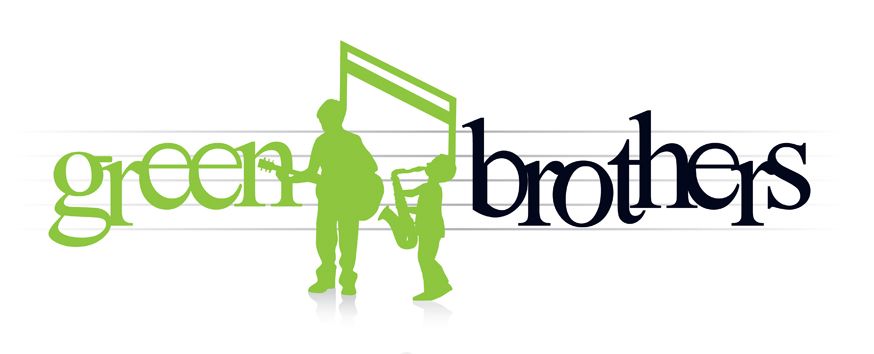- Home /
- FOLK INSTRUMENTS /
- Harmonicas /
- Lee Oskar /
- Lee Oskar Mick Jagger C Harmonica
Shop Now
- ALL NEW LINES
- AMPLIFIERS
- BRASS INSTRUMENTS
- CABLES & LEADS
- CASES & BAGS
- DJ Equipment
- DRUM
- EFFECTS
- FOLK INSTRUMENTS
- GIFT VOUCHER
- GIFTS & CLOTHING
- GUITAR
- GUITAR & FOLK ACCESSORIES
- HOME RECORDING
- KEYBOARD
- LIVE SOUND
- MICROPHONES
- ORCHESTRAL
-
PERCUSSION
- Agogo Bells
- Bells
- Bodhrans
- Bongos
- Boomwhackers
- Cabasas
- Cajon
- Castanets
- Claves
- Didgeridoos
- Djembe
- Egg Shakers
- Finger Cymbals
- Glockenspiels
- Guiros
- Handpans
- Jaw Harps
- Jingle Sticks
- Jumbie Jams
- Kalimba
- Maracas and Shakers
- Ocean Drums
- Pan Pipes
- Percussion Sets
- Rain Sticks
- Ratchets
- Tambourines and Tambours
- Tone Blocks
- Tongue Drum
- Triangles
- Wood Blocks
- PIANO
- REEDS
-
SHEET MUSIC
- Alto Saxophone
- Aural Piano and other Instrume
- Australian Music
- Band and Orchestral Methods
- Banjo Methods
- Bass Guitar Methods
- Bongo Methods
- Broadway Movies and Shows
- Childrens Songbooks
- Chords and Scales
- Christmas Music
- Clarinet
- Classical Piano
- Country
- Djembe Methods
- Drum Methods
- Easy Guitar
- Easy Piano
- Exam Brass and Wind
- Exam Piano
- Exam Strings
- Exam Vocal
- EZY Play
- Flute
- Guitar
- Guitar Methods
- Harmonica Methods
- Jazz and Blues Piano
- Keyboard Methods
- Mandolin Methods
- Manuscript
- Pedal Steel Methods
- Piano Duets
- Piano Methods
- Piano Solo
- PVG Piano Vocal Guitar
- Recorder Methods
- Sight Reading Piano
- Singing
- TAB Guitar
- Teaching Aids
- Theory
- Tin Whistle Methods
- Trumpet
- Ukulele
- Ukulele Methods
- Violin Viola Cello Double Bas
- Violin Viola Cello Double Bass
- Weddings and Special Occasions
- STANDS & LIGHTS
- STRINGS
- SUNDRY INSTRUMENTS
- TUNING DEVICES
- WOODWIND
Lee Oskar Mick Jagger C Harmonica
Description
LEE OSKAR 1910 Mick Jagger Diatonic Harmonica
Key of C
L01910MJ-C
Mick Jagger X Lee Oskar Limited Edition "C" Diatonic Harmonica
Model: 1910 – Labeled in 1st Position – Orange Label
The Major Diatonic is the standard Blues tuning and may be played in the 1st & 2nd Positions (Straight Harp & Cross Harp).
Understanding 1st & 2nd Positions
The Major Diatonic Harmonica was originally intended for playing simple Folk music of the nineteenth century and its notation layout was adequate for that purpose. The Major Diatonic harmonica is the most commonly used tuning for playing Blues, Rock, Country Folk & Jazz.
Several other manufacturers, using various names stamped on their cover plates, for marketing purposes, have the exact same notation layout as a Lee Oskar Major Diatonic harmonica.
The original style of playing, known as 1st Position (Straight Harp), is suitable for playing simple melodies, Folk music and various other types of music that call for melody lines, along with some chords. 1stPosition (Straight Harp), is still used by many players today, but due to its simplicity of sound, it is not as popular as 2nd Position (Cross Harp).
The evolution of music introduced Blues, Rock and Country and along with these new forms of music came the need for greater expression. Harmonica players began to experiment and found that when they primarily used the inhale (draw) notes, a different kind of sound was provided. This resulted in a new and more fluid style of playing, known as 2nd Position (Cross Harp). 90% of today’s players use 2nd Position for Blues, Rock, Country & Pop music.
2nd Position (Cross Harp), is a Blues scale that offers a more expressive and soulful sound. Many of the draw reeds can be bent (a technique used to change the pitch of a note).
Each harmonica comes with a custom Mick Jagger branded case.










